|
This is the second blog post from a keynote by Dr. Staehr Fenner of https://getsupported.net/. The first part focused on how to be an advocate for your English Learners. This hidden job duty is something we all do as teachers of ELs, and the post gives frameworks and strategies to hone in on this topic. For this post though, we will be looking at the instructional piece of making sure that we are including academic language in our instruction along with our content. 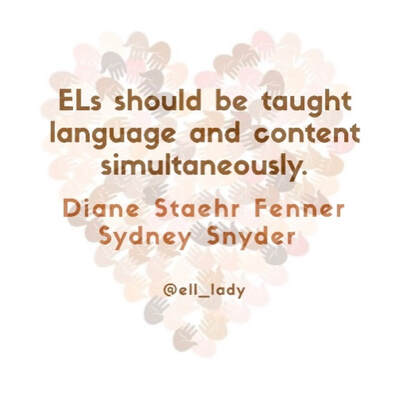 There are three levels of academic language: word level (vocabulary), sentence level (grammar and syntax), and discourse level (organization). If you are a WIDA state, these directly correlate with the speaking and writing WIDA rubrics. They are scored on these three levels in their productive language. How to Select Vocabulary to Teach With so many words that ELs don't know (especially my beginners!), how do we choose which words to focus on? Some students may surprise you, and you also may be surprised at words you thought they may know but don't. For example, sometimes I assume that because a word is a Spanish cognate that my Spanish speakers will know it. We were recently reading a text about the Rohingya genocide, and I thought for sure they would know the word persecution. I was wrong! One thing I have learned is that just because it is a cognate doesn't mean that they have learned it or are familiar with it. So, this is where self-assessment is important. In the example below, I may even translate the top parts to make sure that they understand what I am asking of them. http://www.readingrockets.org/article/classroom-vocabulary-assessment- content-areas In her article, "Teaching Academic Vocabulary to English Learners", Dr. Staehr Fenner recommends to first have students self-assess. Then, select words that:
I teach high school, so here's an example from Ray Bradbury's Fahrenheit 451: It was a pleasure to burn. It was a special pleasure to see things eaten, to see things blackened and changed. With the brass nozzle in his fists, with this great python spitting its venomous kerosene upon the world, the blood pounded in his head, and his hands were the hands of some amazing conductor playing all the symphonies of blazing and burning to bring down the tatters and charcoal ruins of history. With his symbolic helmet numbered 451 on his stolid head, and his eyes all orange flame with the thought of what came next, he flicked the igniter and the house jumped up in a gorging fire that burned the evening sky red and yellow and black. He strode in a swarm of fireflies. He wanted above all, like the old joke, to shove a marshmallow on a stick in the furnace, while the flapping pigeon-winged books died on the porch and 2 lawn of the house. While the books went up in sparkling whirls and blew away on a wind turned dark with burning. If I focus on the words that have the above suggested from Staehr Fenner, I would choose to focus on the word burn with my beginners. Different words may be chosen based on student's proficiency levels. If my students didn't know this word based on their self-assessment, I would then go to the next steps:
Introducing Some strategies for introducing from Staehr Fenner are: visuals, gestures, student-friendly definitions (wordsmyth.net), student-created definitions, examples and nonexamples, seven-step vocabulary, synonyms and antonyms, and home language. My personal favorites are Margarita Calderon's seven-step vocabulary and Frayer's vocabulary cards. These two strategies combine all of these aspects together nicely. I like to switch it up between lessons if they are getting a little weary with one of them. Practice Some strategies for practicing with speaking and listening are: academic discussions, information gap, interactive word walls, word sorts, and word experts. For reading and writing: sentences or paragraphs related to content using bank of vocabulary, glossaries, and responding to text dependent questions. Memory games, vocab Jeopardy!, vocab jigsaws, vocab bingo, heads up, and of course Kahoot! are great ways to gamify your vocabulary practice. Kahoot is a personal favorite of my students, and they also love to make their own! Carol Salva has posts on all things Kahoot to help get anyone started. Independent Word Learning After they've learned and practiced some of their words, the key is to teach them to figure out how to understand words independently. After all, when they are doing their WIDA tests, end of course tests, or any summative assessment for another teacher, they may or may not be able to use a bilingual dictionary. Plus, not a whole lot of my students use them anyway (not sure how common this is, but it has always been an issue getting our students to!). Here are Staehr Fenner's strategies for teaching independent word learning: context clues, word parts, cognates and false cognates, and words with multiple meanings. If students are able to understand these strategies, they are more likely to be set up for success in the classroom and for testing. www.GetSupportEd.net Sentence and Discourse Level Juicy Sentences are one way to dive into analyzing at the sentence level. First, select one sentence to dissect the meaning. Then, break the sentence into chunks in a chart. Students then summarize the chunk of text in their own words. I love this because it gives them the ability to put the sentence parts in their own student-friendly language and then look at the sentence as a whole with their own words. They can then look at the sentence through a holistic lens to get a better understanding. How often should these be done? Practicing Juicy Sentences are similar, but a little bit different than a Language Dive. According to EL Education Curriculum (July 2017), ELLs should participate in a Language Dive daily, and all students should participate as a whole group in a Language Dive at least twice a week. I would definitely dedicate the same amount of time to my Juicy Sentences. Here is a template for you to use for your Language Dives with any lesson. Mini-lessons are a great way to embed grammar and specific aspects of language into instruction. The mini-lesson shouldn't last more than about ten minutes. After the grammar has been taught, games are a great way to practice. Some examples from Dr. Staehr Fenner are Charades, What would you say when...Mad Libs, Bingo, and I of course love Kahoot! For mini-lessons, I like to keep them pretty simple and don't seek to reinvent the wheel. This is a time when already-created lessons on the internet are a great resource. My personal favorite is esllibrary.com. I also use this mini-lesson template to help lesson plan. Analyzing Sequencing in a Text My favorite activity for sequencing that I learned in graduate school is sequencing with sentence strips, so I was excited when Staehr Fenner also talked about this activity. Students put sentence strips in order to determine proper order of a text. If needed, teachers provide first and last sentences as a scaffold. Then, help students identify clues if appropriate. In the chart below, I divided a summary of a text we were reading about the Rohingya genocide. My beginning level students had to analyze commas and periods, the present perfect, the use of and to connect words, and ideas within the reading to connect the parts correctly. They then had to explain their rationale with the cues in the sentences. They were given the sentence frame, "Sentence ____ (1, 2, 3) is _____ (first, second, third) because I noticed _______." There are a lot of strategies in this post to digest and try out. The book, Unlocking English Learners' Potential by Diane Staehr Fenner and Sydney Snyder, has even more goodies. Share below any strategies that may have been missed from the book, or any that you personally use in your class.
To learn more about strategies for incorporating language into your lessons, check out my course, My EL Mentor: Creating a Language-Rich Classroom! And if you are a high school teacher, consider joining my membership, My MLL Mentor, to discuss ideas like this with other high school ESL teachers!
1 Comment
|
AuthorI support middle and high school teachers through monthly lesson plans, coaching, and guest speaker offerings in our Secondary ESL Teacher Membership. Archives
April 2023
Categories
All
|
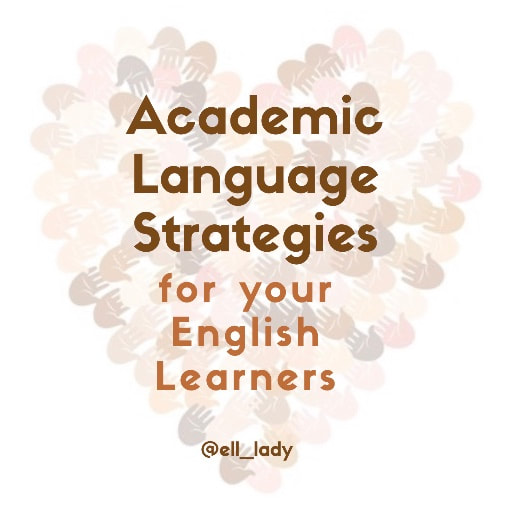
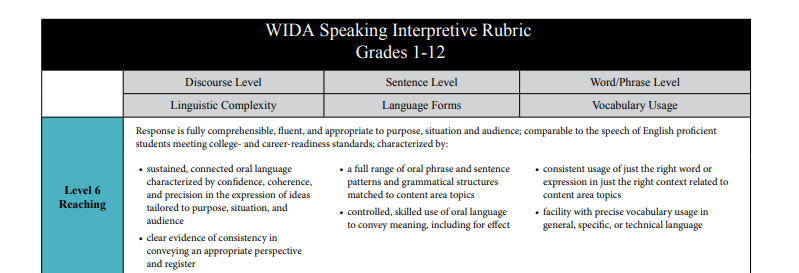
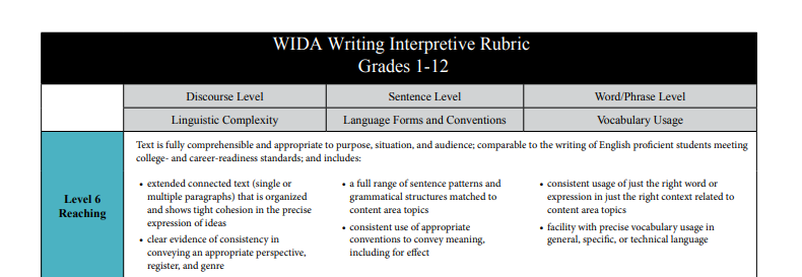
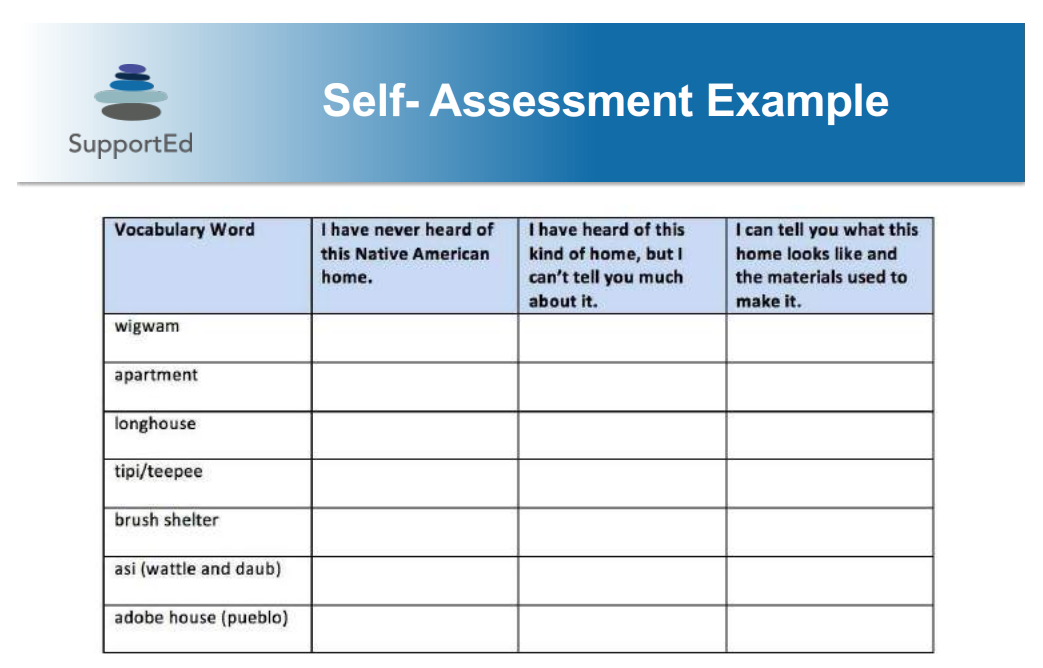
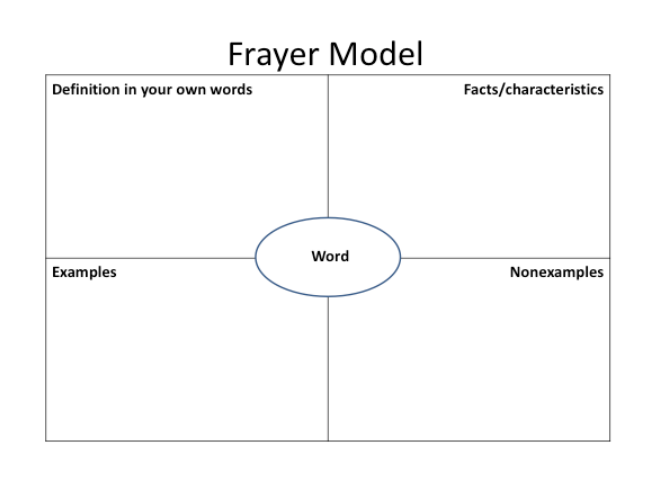
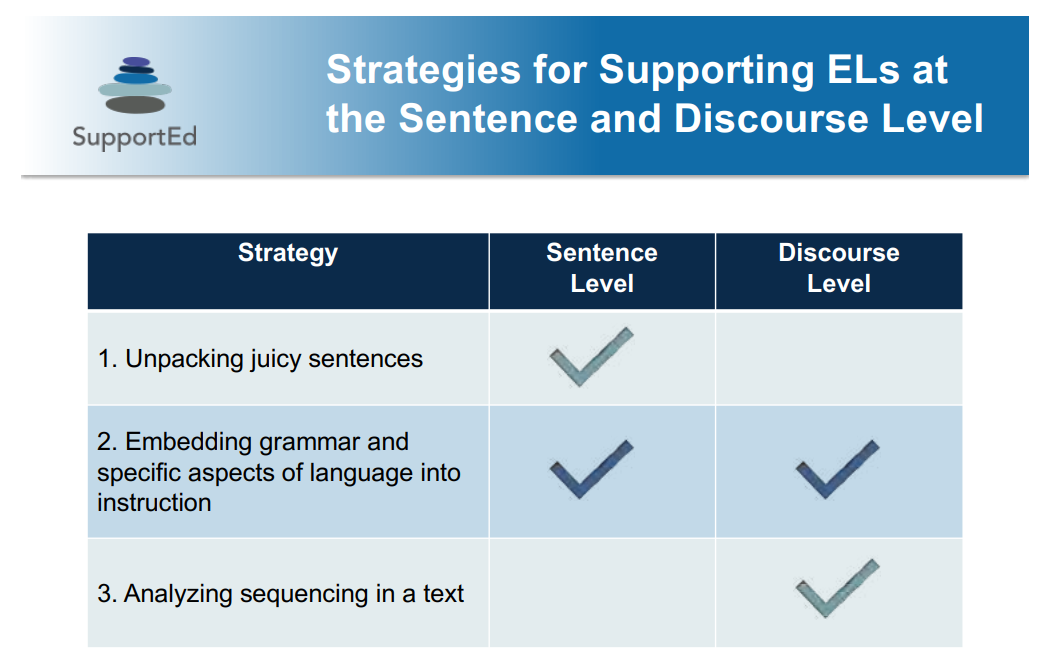
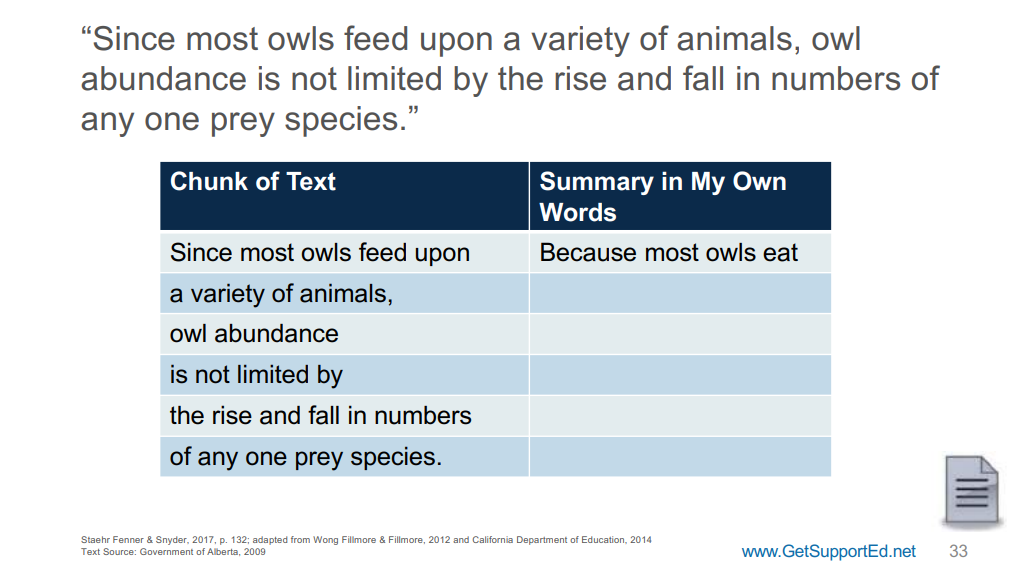
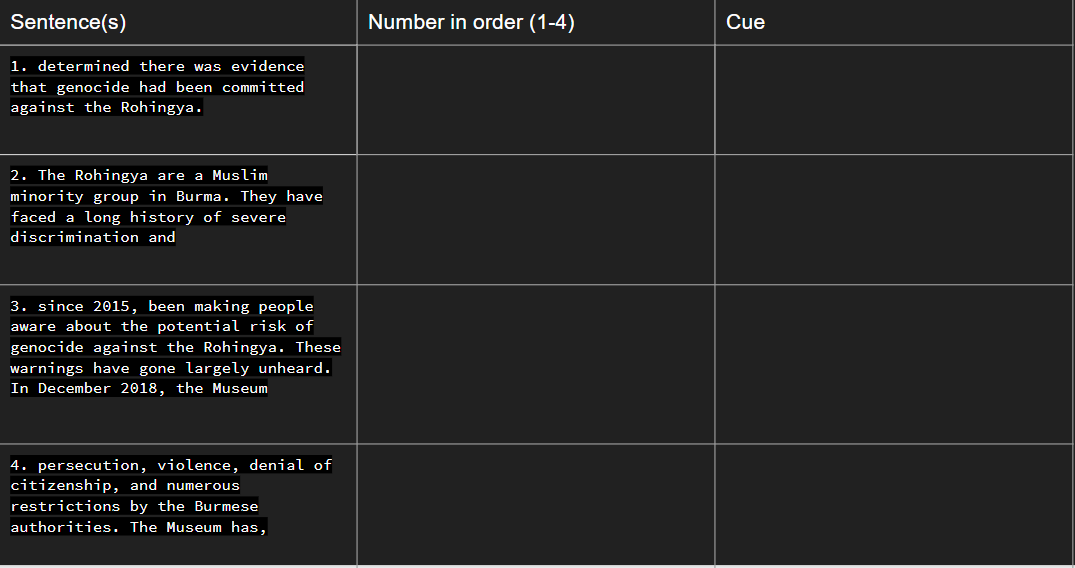
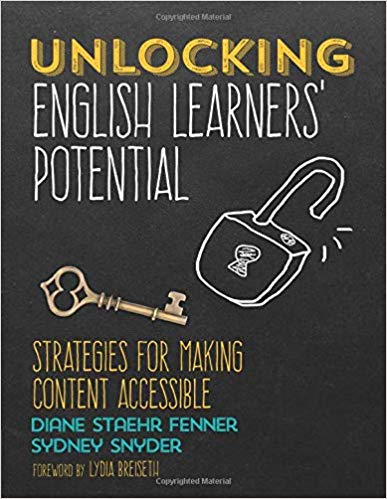
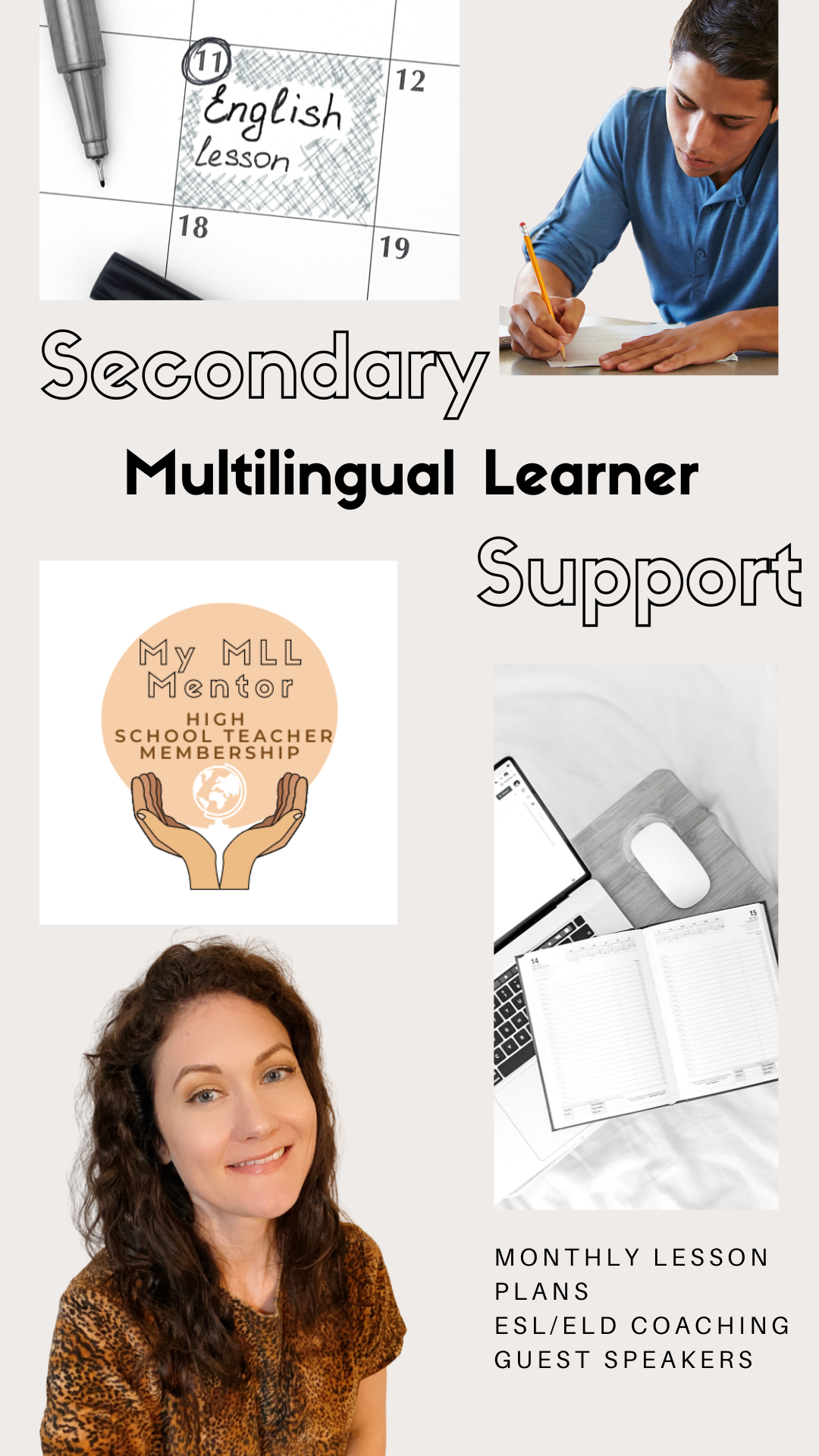
 RSS Feed
RSS Feed
